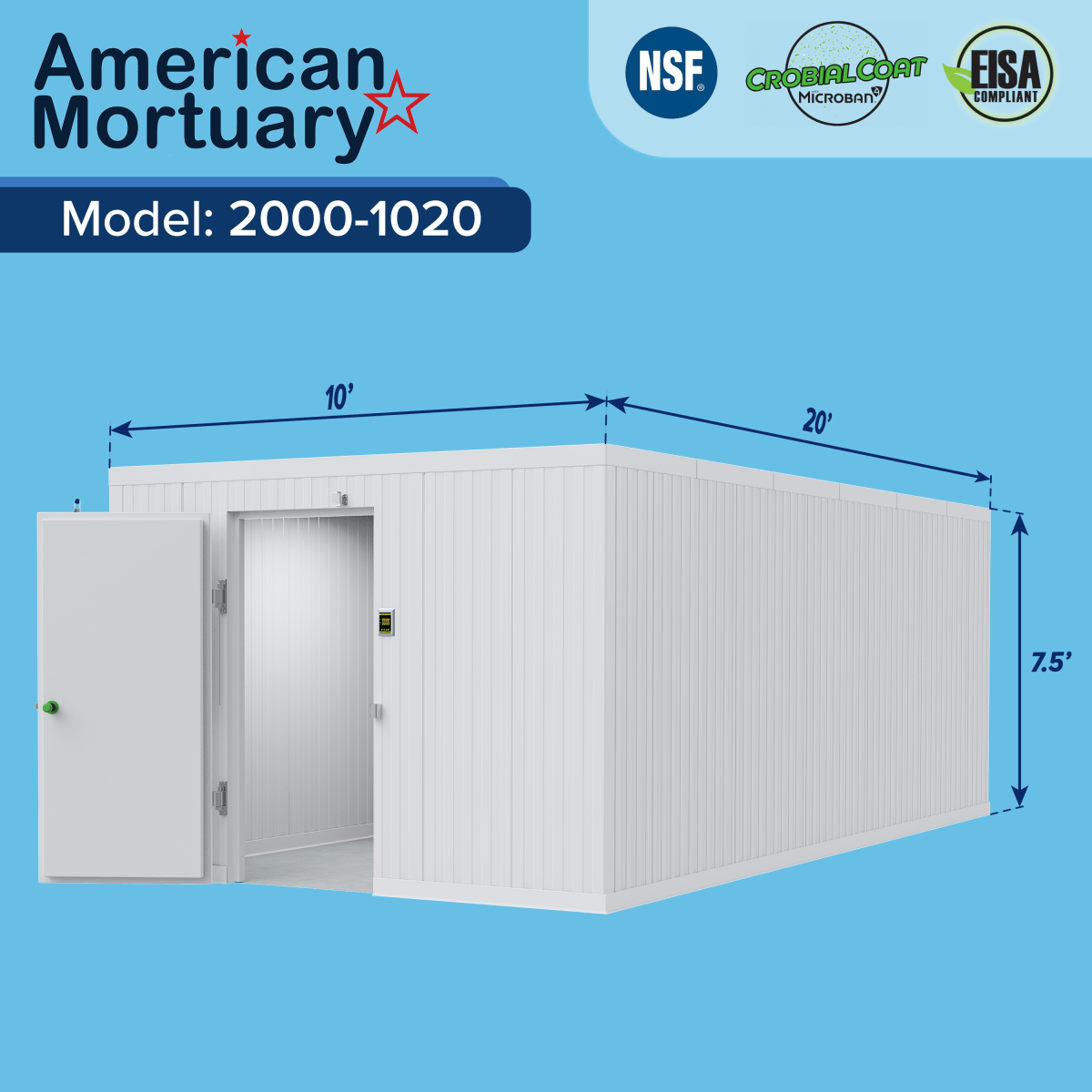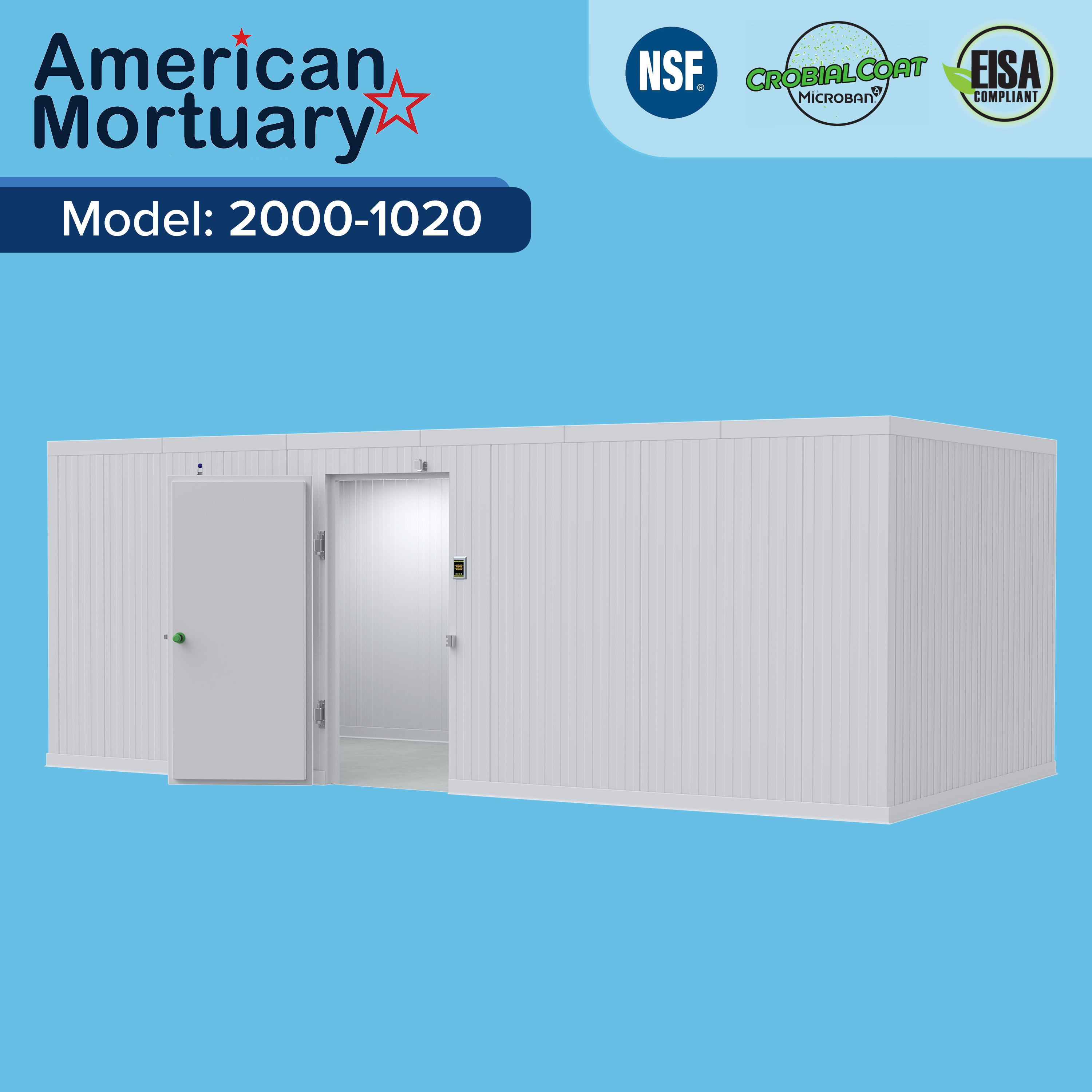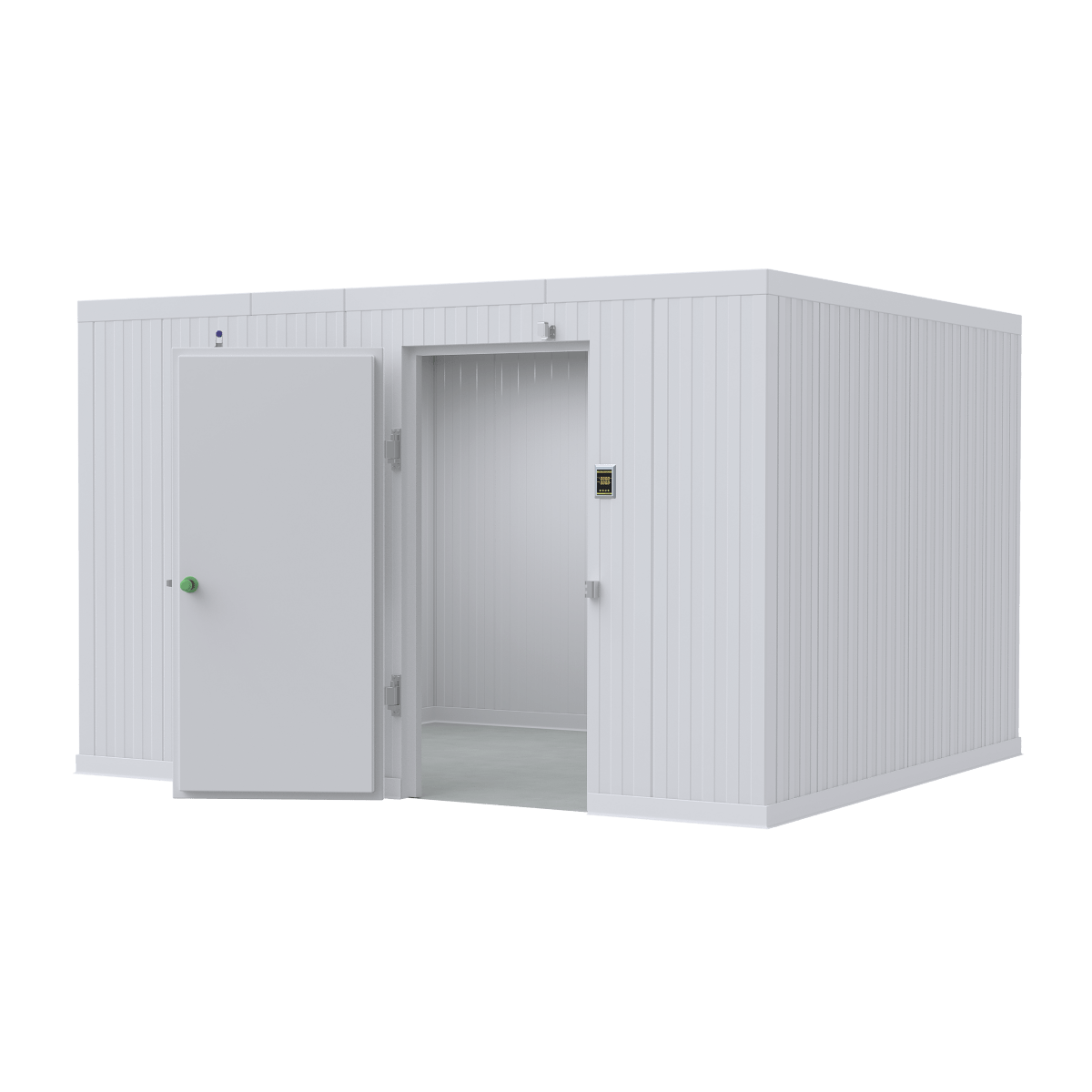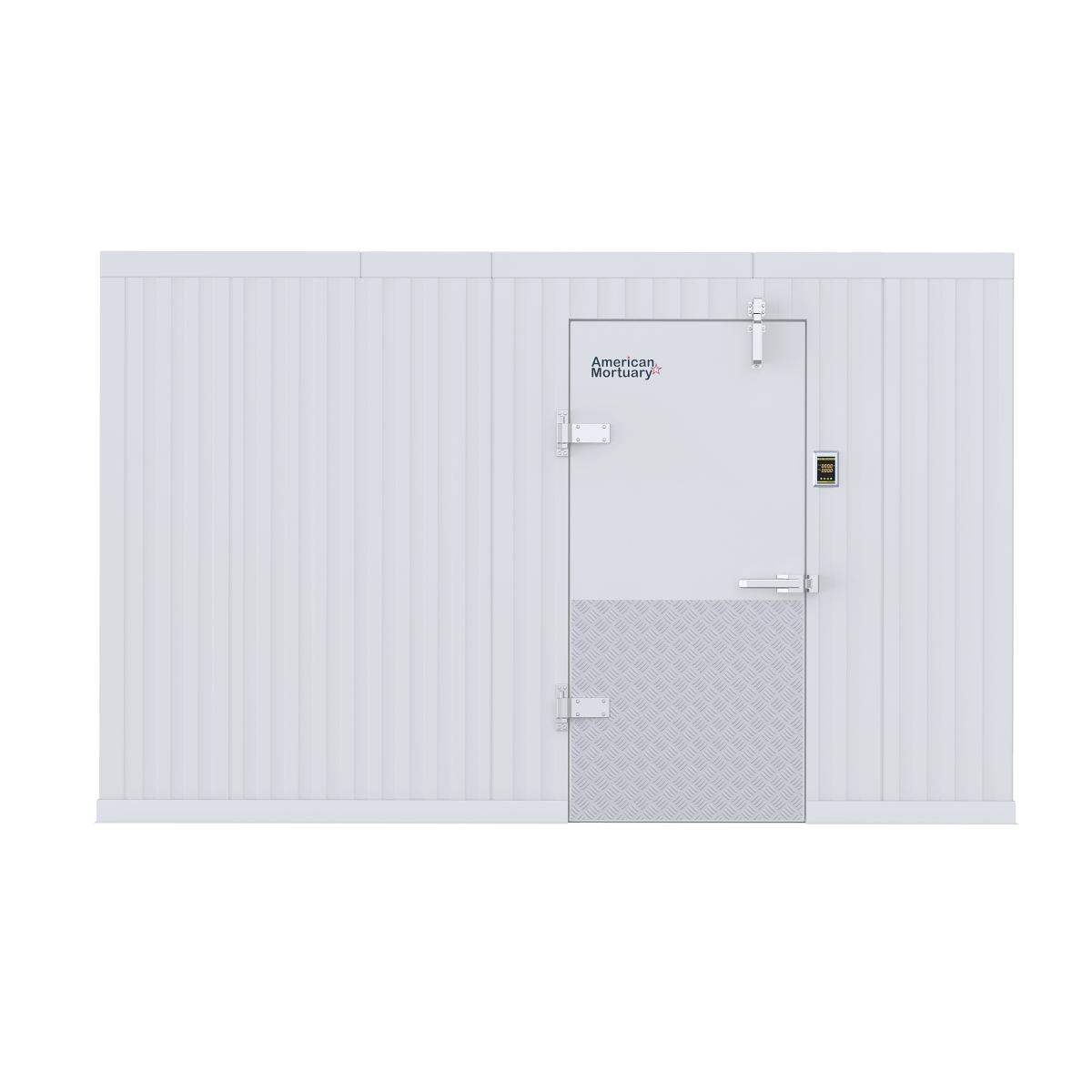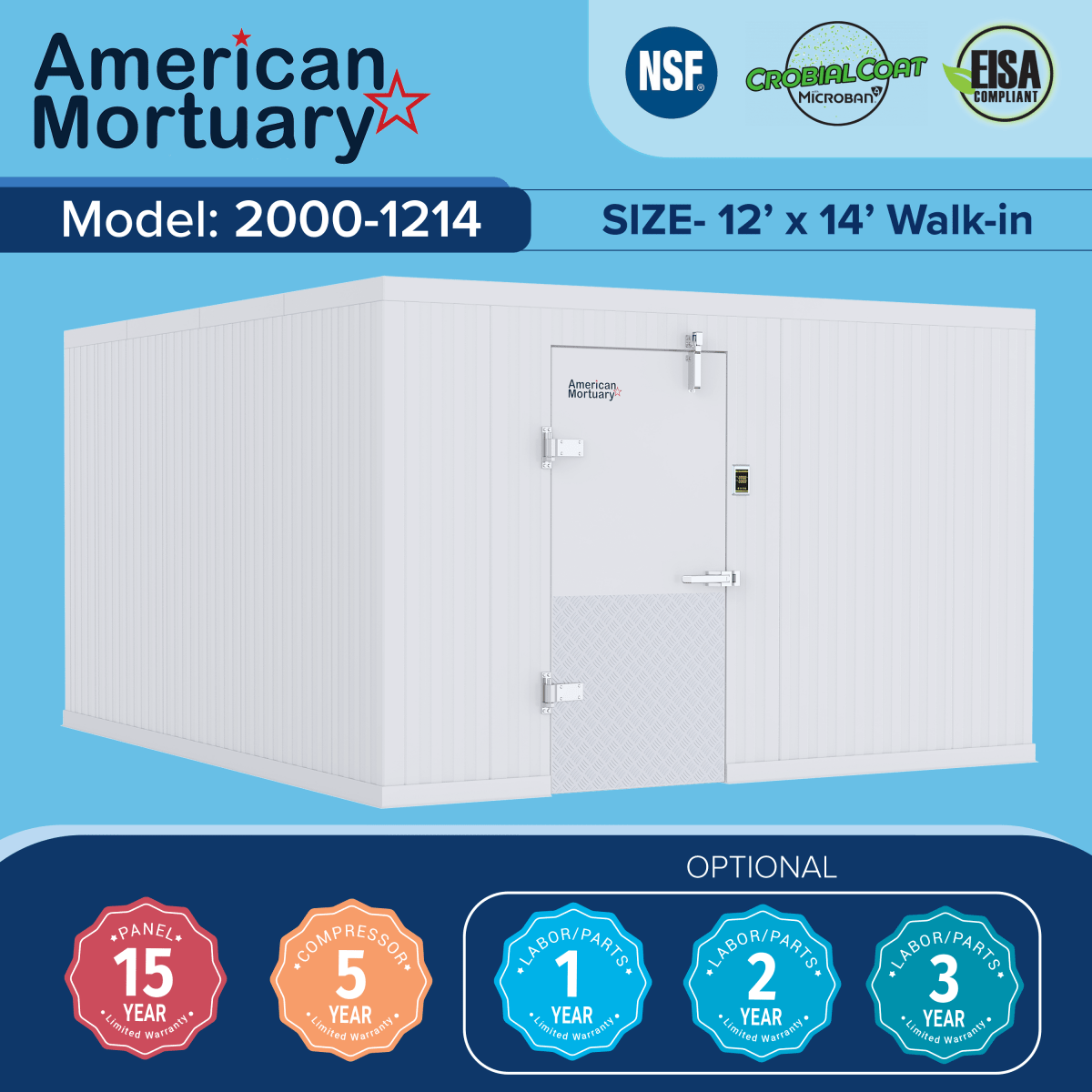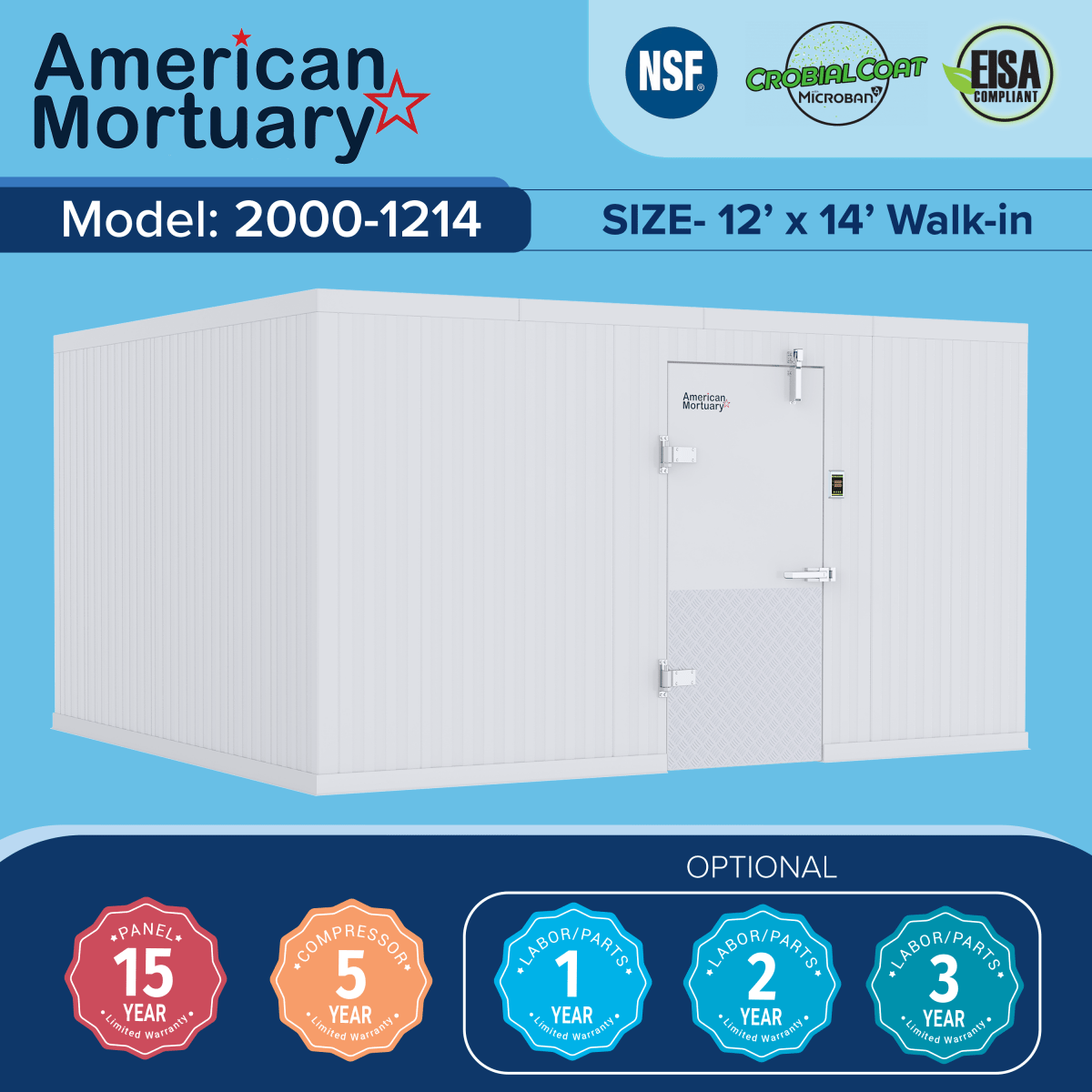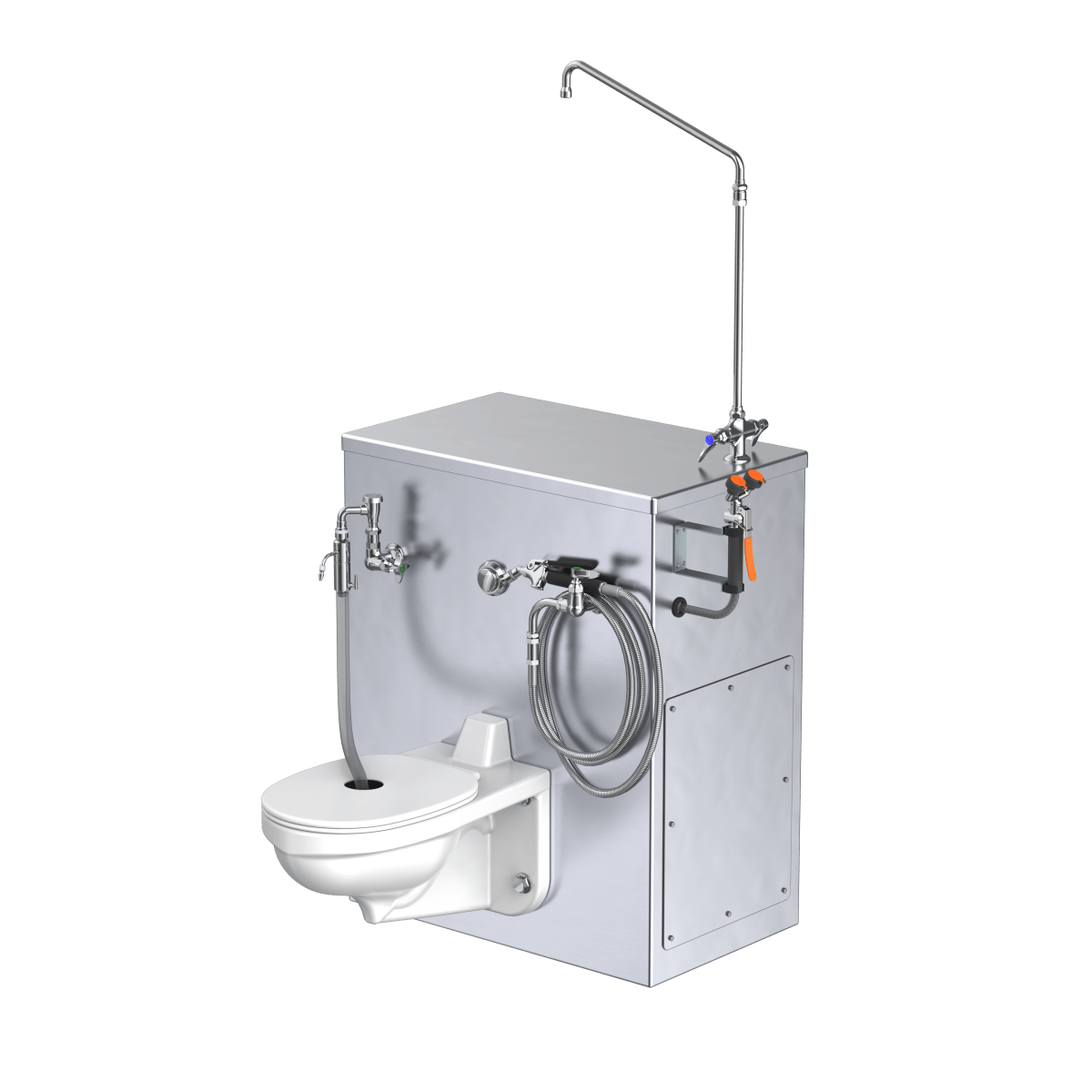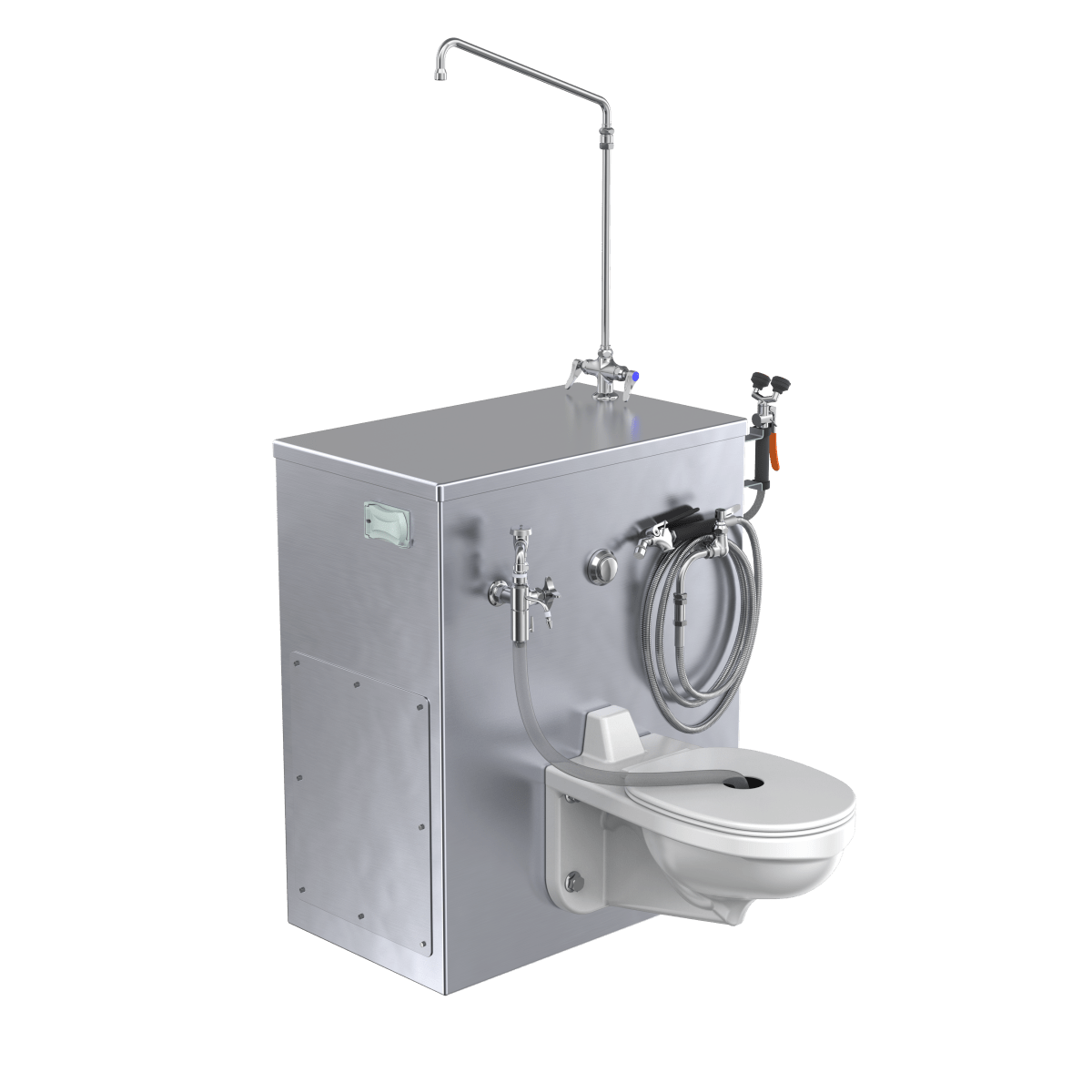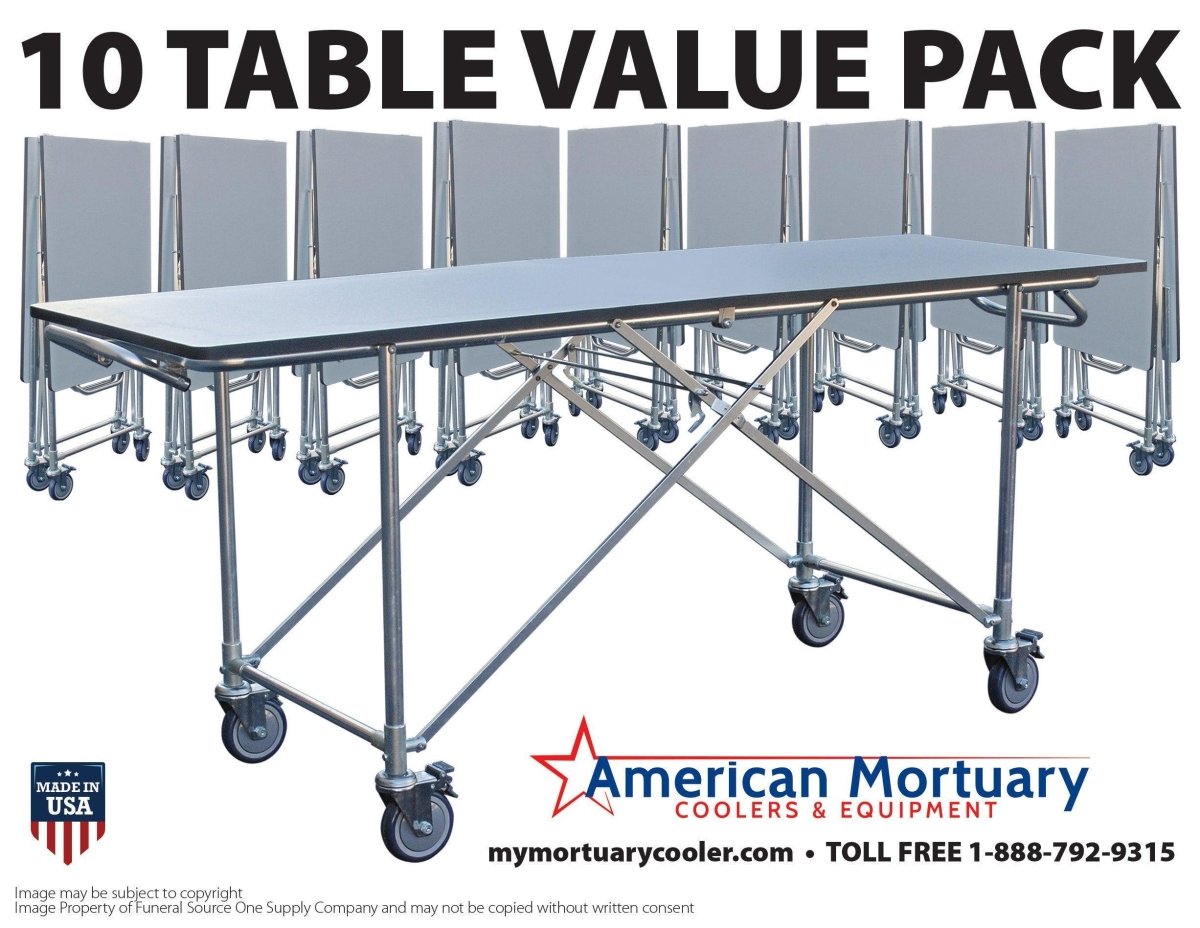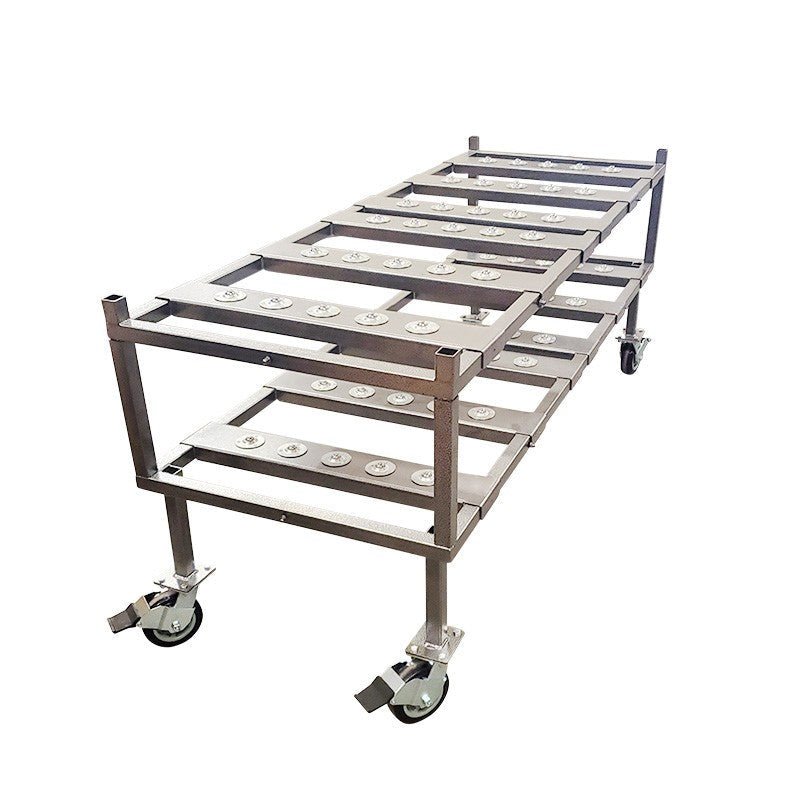Embracing a Greener Final Farewell
Eco-friendly funeral options are increasingly popular alternatives to traditional burial and cremation practices that significantly reduce environmental impact. Here are the main sustainable choices available today:
| Eco-Friendly Option | Environmental Benefit | Average Cost | Legal Status |
|---|---|---|---|
| Green Burial | No embalming, biodegradable materials, natural decomposition | $1,000-$4,000 | Legal in all 50 states |
| Water Cremation (Aquamation) | 90% less energy than flame cremation, no emissions | $2,000-$3,500 | Legal in ~28 states |
| Human Composting | Creates usable soil, saves ~1 ton of carbon | $5,000-$7,000 | Legal in 6 states |
| Mushroom Burial Suit | Neutralizes toxins, accelerates decomposition | $1,500+ | Legal nationwide |
| Sea Burial | Creates artificial reefs, marine habitat | $3,000+ | Requires permits |
When we die, our final arrangements often conflict with the environmental values many of us hold during life. Traditional burial in the United States consumes vast resources annually: 30 million board feet of hardwood, 90,000 tons of steel in caskets, 17,000 tons of steel and copper in vaults, and 1.6 million tons of concrete. Meanwhile, conventional cremation releases approximately 535 pounds of carbon dioxide per body—equivalent to a 980-kilometer drive.
More than half of Americans (53.8%) now express interest in green funeral options, according to a National Funeral Directors Association survey. This shift reflects growing awareness about funeral practices' environmental impact and a desire to leave a positive legacy for the planet.
As funeral directors and families seek alternatives, several options have emerged that honor both the deceased and the Earth:
Green burial returns to traditional practices by eliminating embalming chemicals, concrete vaults, and non-biodegradable caskets. Bodies are wrapped in simple shrouds or placed in biodegradable containers, allowing natural decomposition that enriches the soil.
Water cremation (alkaline hydrolysis) uses water, heat, and potassium hydroxide to accelerate natural decomposition, using about 90% less energy than flame cremation while producing no direct emissions.
Human composting (natural organic reduction) transforms the body into soil using wood chips, alfalfa, and straw in a controlled environment. The process creates about one cubic yard of nutrient-rich soil in approximately 30 days.
Mushroom burial suits lined with fungal spores help neutralize toxins in human tissue during decomposition, converting them into nutrients for surrounding plant life.
I'm Mortuary Cooler, a national supplier of mortuary refrigeration equipment who has helped hundreds of funeral homes implement eco-friendly funeral options through proper body preservation systems that reduce or eliminate the need for chemical embalming. My experience spans nearly two decades working with green burial providers across the country to develop better refrigeration solutions that support sustainable practices.

Quick Eco-friendly funeral options definitions:
Environmental & Cost Impact of Funeral Choices
When we talk about final arrangements, the environmental price tag might surprise you. Each year in the United States, our conventional burial practices consume staggering amounts of resources: 30 million board feet of hardwood (often including rare tropical varieties), over 104 million kilograms of steel, nearly 3 million kilograms of copper and bronze, 1.6 million tons of reinforced concrete, and 4.3 million gallons of embalming fluid containing formaldehyde—a known carcinogen.
"Modern funerals are the worst environmental polluter by far," says cemetery historian David Sloane in National Geographic. What's interesting is that this resource-heavy approach to death care isn't traditional at all—it only became standard practice in the mid-19th century.
The financial burden matches the environmental one. According to the National Funeral Directors Association, a traditional funeral with viewing and burial carries a median price tag of $7,848 (including a $2,400 metal casket). Add a vault—required by many cemeteries—and you're looking at nearly $10,000.
Many people turn to cremation thinking it's the greener choice, but it comes with its own significant footprint. Each cremation burns about 28 gallons of fuel (equivalent to driving 4,800 miles), releases roughly 535 pounds of carbon dioxide, and emits mercury, dioxins, and other pollutants from dental fillings and body tissues. Though less expensive than traditional burial, a full-service funeral with cremation still runs $6,000-$7,000, while direct cremation without services costs $1,000-$2,500.
Research published in the Journal of Environmental Management has found concerning levels of formaldehyde and other embalming chemicals in traditional burial grounds, potentially affecting soil and groundwater quality in surrounding areas.
Traditional Burial Footprint vs. Cremation
When comparing these two common options, neither wins any environmental awards, though their impacts differ in important ways.
Traditional burial's environmental concerns start with embalming fluids containing formaldehyde and other preservatives that can leach into soil. Non-biodegradable caskets prevent natural decomposition, while concrete vaults seal bodies from the earth, stopping the natural return of nutrients. The intensive land use (about 1 acre per 1,000 burials) and ongoing maintenance of cemetery grounds through mowing, pesticides, and irrigation further add to the footprint.
Cremation eliminates some of these issues but introduces others. The process requires high energy consumption to heat cremation chambers to 1,400-1,800°F, relies on fossil fuel combustion producing greenhouse gases, and creates mercury emissions from dental amalgams. Other air pollutants include carbon monoxide, fine soot, sulfur dioxide, and heavy metals.
According to Green Burial Council research, a conventional burial represents about 0.03% of an average person's lifetime carbon emissions—not enormous individually, but significant when multiplied by millions of deaths each year.
Why the Shift Toward Eco-Friendly Funeral Options
The growing interest in eco-friendly funeral options comes from a perfect storm of factors that are changing how we think about death care.
First, there's a powerful desire for alignment with values. People who lived environmentally conscious lives increasingly want their final arrangements to reflect those principles. A 2017 National Funeral Directors Association survey found 53.8% of respondents were interested in exploring green funeral options.
Worker safety is another important consideration. Traditional embalming exposes funeral professionals to formaldehyde, classified as a human carcinogen. A National Cancer Institute study found funeral directors face a higher risk of myeloid leukemia due to these exposures.
The habitat restoration potential of conservation burial grounds offers another compelling reason for the shift. These spaces can protect land from development while restoring native ecosystems. As Katrina Spade, founder of Recompose, beautifully puts it, "Our deaths can help restore the Earth and our connection to the land."
Cost considerations play a significant role too. Green burials typically run $1,000-$4,000—substantially less than the $7,000-$10,000 for traditional services, making them accessible to more families.
Finally, there's a cultural shift toward meaningful simplicity. Many families find the direct connection to nature offered by green funerals more meaningful than elaborate, resource-intensive traditional services.
Ed Bixby, president of the Green Burial Council, observed something profound in National Geographic: "You'll watch [families] go through the gamut of emotions... then when they're done, they'll have this genuinely serene smile on their face. They found a greater sense of acceptance of that passing through the process."
At American Mortuary Coolers, we've seen this shift through our work providing refrigeration solutions that help funeral homes reduce or eliminate chemical embalming—a key component in making funeral practices more sustainable and environmentally friendly.
Eco-Friendly Funeral Options Explained
Eco-friendly funeral options have blossomed in recent years, offering families meaningful ways to honor their loved ones while treading lightly on the planet. Each option brings its own unique benefits to both the environment and those saying goodbye.

Green Burial Basics—The Original Eco-Friendly Funeral Options
When you think about it, green burial isn't new at all—it's actually a return to how we cared for our dead for thousands of years before the mid-19th century. There's something deeply comforting about this simplicity.
A green burial skips the embalming chemicals (or uses non-toxic alternatives) and wraps the body in a simple biodegradable shroud or places it in an unfinished pine box that will naturally break down over time. There's no concrete vault or liner separating the body from the earth. Instead, the grave is dug to a thoughtful depth of about 3.5-4 feet—shallow enough to enable the aerobic decomposition that returns nutrients to the soil.
"The data from existing research on traditional cemeteries doesn't indicate that bodies are dangerous in and of themselves," explains Lee Webster of the Green Burial Council. In fact, when done properly, green burial enriches the soil and supports the growth of native plants that often serve as natural markers alongside simple stones or GPS coordinates to help families find their loved ones.
Green burial is legal everywhere in the United States, though you'll find more dedicated green cemeteries in some regions than others. Currently, over 350 cemeteries across North America offer some form of green burial, with costs typically ranging from $1,000-$4,000—significantly gentler on your wallet than conventional options.
Alkaline Hydrolysis (Water Cremation) as Eco-Friendly Funeral Options
Water cremation—also called alkaline hydrolysis or aquamation—offers a gentle alternative to flame cremation by working with rather than against nature's decomposition process.
The process feels almost like a warm bath for the departed. The body rests in a stainless-steel vessel filled with a solution that's 95% water and 5% potassium hydroxide or sodium hydroxide. Gentle heat (about 300°F under pressure, or lower temperatures for longer periods) activates the solution, which over 4-16 hours dissolves soft tissues just as they would naturally decompose in soil, only accelerated.
What remains are clean bone fragments that are processed into a fine powder similar to cremated remains, but with a lighter, more sand-like texture. Many families appreciate receiving about 20-30% more remains than with flame cremation. The remaining liquid—now sterile—returns safely to the water cycle.
The environmental benefits are striking: water cremation uses about 90% less energy than flame cremation, produces no direct emissions of greenhouse gases or mercury, and consumes roughly 400 gallons of water—less than a household uses in one day.
Even Archbishop Desmond Tutu chose this method for himself, highlighting its growing acceptance across different faiths and traditions. Currently legal in about 28 states, more are considering legislation each year as demand grows.
At American Mortuary Coolers, we've watched interest in our aquamation equipment steadily climb as funeral homes throughout the Southeast, Midwest, and Northeast seek to offer this gentle alternative to families.
Natural Organic Reduction & Human Composting: Soil From Loved Ones
Human composting—formally known as natural organic reduction (NOR)—transforms the body into rich, living soil through a beautiful process that honors the natural cycle of life.
The journey begins by placing the body in a vessel with a carefully crafted mix of wood chips, alfalfa, and straw. This creates the perfect environment for microbial activity, the same microscopic helpers that break down fallen leaves in a forest. Over approximately 30-50 days in this controlled environment, these microbes transform human remains into about one cubic yard of nutrient-rich soil.
Families can take home some or all of this living memorial to nourish memorial gardens, plant trees, or scatter in meaningful places. Many also choose to donate a portion to conservation projects, creating a lasting environmental legacy.
The process saves an estimated one metric ton of carbon compared to conventional options, uses minimal resources (about 40 gallons of water and modest electricity), creates useful soil that supports new life, and requires no harsh chemicals or permanent containers.
As of 2023, human composting is legal in six states: Washington, Colorado, Oregon, Vermont, California, and New York, with more considering legislation. The service typically costs between $5,000-$7,000, comparable to conventional cremation with services but with a significantly lighter footprint on the planet.
For funeral homes embracing this option, proper handling equipment makes all the difference. At American Mortuary Coolers, we provide specialized equipment for human composting facilities across states where this practice is legal.
Innovative Ideas: Mushroom Suits, Tree Pods & Reef Memorials
Beyond the options above, several innovative approaches are reimagining how we can care for our dead while caring for the earth.
Mushroom Burial Suits wrap the body in a biodegradable garment infused with mushroom spores and other microorganisms. These remarkable fungi do double duty—they aid decomposition while their special enzymes actually neutralize environmental toxins stored in human tissue, returning cleaner nutrients to the soil. When actor Luke Perry chose this option, he helped bring wider attention to this fascinating possibility.
Tree Pod Burials like Capsula Mundi envision changing cemeteries into living forests. The concept places the body in a fetal position within an egg-shaped, biodegradable pod, with a memorial tree planted directly above. As the body provides nutrients to the growing tree, the cemetery becomes a sacred forest rather than a field of stones. "Capsula Mundi is a cultural and broad-based project, which envisions a different approach to the way we think about death," explains the organization. While the full-sized burial pods remain in development, biodegradable urns for cremated remains are available now.
Reef Memorials offer healing for both grieving families and marine ecosystems by mixing cremated remains with environmentally safe cement to create artificial reef structures. These living memorials provide new marine habitat in depleted reef areas and can support diverse sea life for hundreds of years. Many families find comfort in visiting these sites for memorial dives, witnessing how their loved one continues to support life in a new form.
Sea Burials connect us to ancient traditions practiced by seafaring cultures for centuries. Bodies can be respectfully committed to the deep in biodegradable shrouds or specially designed containers that break down naturally in the ocean environment. This practice requires specific permits and must occur at certain distances from shore to protect coastal areas.

Green Burial Deep Dive
Green burial stands as one of the most accessible eco-friendly funeral options, available in all 50 states though with varying levels of availability. This return to traditional burial practices offers both environmental benefits and a more intimate connection to the natural cycle of life.
The green burial process unfolds with beautiful simplicity. First, the body is preserved without toxic chemicals—typically through refrigeration or cooling with dry ice until the burial takes place. At American Mortuary Coolers, we've helped hundreds of funeral homes across the country offer green burial by providing specialized refrigeration units that eliminate the need for chemical embalming.
The deceased is then wrapped in a biodegradable shroud or placed in a simple container made from sustainable materials—perhaps an unfinished pine box, a handwoven wicker casket, or even a sturdy cardboard container that family members might decorate with meaningful artwork or messages.
Site selection comes next, with burial taking place in a dedicated green cemetery, a hybrid cemetery with a green section, or sometimes on private land with proper permits. The grave itself tells a story of thoughtful design—typically hand-dug to a depth of 3.5-4 feet, which strikes the perfect balance between enabling aerobic decomposition and preventing disturbance.
"Wild boars dig only about a foot down, making 3.5-foot graves secure from animal disturbance," one expert explained to me when I was first learning about green burial practices. This practical knowledge reflects the careful thought that goes into every aspect of the process.
What makes green burial especially meaningful for many families is their direct participation in the farewell. Many choose to carry their loved one to the grave, help lower the body, and even assist with filling the grave. This hands-on involvement often provides a profound sense of closure that more conventional, hands-off services sometimes lack.
Rather than traditional headstones, graves in green cemeteries may be marked with native plants, trees, flat stones, or simply GPS coordinates. Some conservation burial grounds use GPS technology to locate graves while allowing the landscape to remain beautifully wild and natural.
From a financial perspective, green burial typically costs between $1,000-$4,000, including the plot, opening/closing of the grave, and some form of marking. This represents substantial savings compared to the average traditional burial cost of $7,000-$10,000.
For those interested in finding green burial locations near them, the Green Burial Council maintains a comprehensive list of certified cemeteries across North America.
Choosing a Certified Cemetery & Provider
When seeking a green burial, certification helps ensure genuine environmental standards are met. The Green Burial Council (GBC) certifies cemeteries at three distinct levels:
Hybrid Cemeteries are conventional cemeteries that offer green burial sections where vaults and embalming aren't required, and natural burial containers are welcomed. These provide accessibility in communities where dedicated green cemeteries don't yet exist.
Natural Burial Grounds take things further as dedicated facilities that prohibit vaults, conventional embalming, and conventional burial containers. They use only plant-based markers or natural stones and implement sustainable landscape practices that work with, rather than against, nature.
Conservation Burial Grounds represent the gold standard, meeting all Natural Burial Ground requirements while also involving an established conservation organization that holds a conservation easement or deed restriction on the land. This ensures the land remains protected in perpetuity—a lasting environmental legacy.

When selecting a provider for your green burial needs, look for GBC certification or a clear commitment to green burial principles. The best providers offer transparency about their practices and costs, have genuine experience with green burials, welcome family involvement, and use proper refrigeration equipment (like those we provide at American Mortuary Coolers) to preserve bodies naturally without embalming.
As Caitlin Doughty, a prominent funeral reform advocate, points out: "Most people don't even have access to other options: Burials and cremation are the only methods that are legal in all 50 states." This reality makes researching and finding certified green burial providers particularly important.
Materials & Supplies for a Green Burial
The materials used in green burial tell a story of return—they're designed to be biodegradable and non-toxic, allowing the body to rejoin the earth naturally.
For burial containers, families might choose a simple pine box built with wooden pegs instead of metal nails, a beautiful wicker or seagrass casket woven by artisans, or a sturdy cardboard coffin that can be personalized with meaningful decorations. Many people opt for the elegance of wool or cotton shrouds, which wrap the body gently before burial.
Some cemeteries require grave liners for maintenance reasons. In green cemeteries, these might be open-bottomed concrete liners that still allow soil contact, or fully biodegradable liners made from natural materials that will eventually return to the earth.
Grave markers in green cemeteries emphasize simplicity and natural materials—perhaps native stones (either engraved or in their natural state), native trees or plants that create living memorials, or wooden markers (with the understanding they'll eventually decompose). Many conservation burial grounds use only GPS coordinates, allowing the landscape to remain visually undisturbed.
For those who choose cremation before burial, biodegradable urns offer an eco-friendly option for interring or scattering ashes in a way that honors both the deceased and the environment.
"Earth-friendly caskets marketed by funeral homes may be unnecessary and can add thousands of dollars to the bill," one green burial advocate shared with me. Many families find that simple shrouds or basic pine boxes not only reduce environmental impact but also significantly lower costs while offering a more authentic experience.
Cost-Saving Tips & Family Participation
Green burial typically costs significantly less than conventional funeral services, and there are additional ways to reduce expenses while increasing meaningful family involvement.
You can save substantially by supplying your own container—funeral homes are legally required to accept customer-provided caskets with no additional fee. Many families find deep meaning in creating or decorating a simple casket themselves, with numerous plans available online for DIY construction.
Smart shoppers compare prices between dedicated green cemeteries and conventional cemeteries with green sections, as costs can vary widely. Those with tight budgets might consider direct green burial without viewing or services, though many find that home funeral care with professional guidance offers both cost savings and profound emotional benefits.
Family participation transforms the experience from a service you purchase to a meaningful ritual you create. Many families find comfort in providing home funeral care—bathing, dressing, and spending time with their loved one at home before burial. Decorating a simple casket together becomes a healing activity, allowing everyone to express their feelings through art and messages.
The burial itself offers powerful moments for involvement—helping transport the body, participating in lowering it into the earth, assisting with filling the grave, and perhaps planting native species at the site. These acts of physical care create lasting memories and often provide better emotional closure than more hands-off conventional services.
One observer beautifully captured this experience in National Geographic: "You'll watch them go through the gamut of emotions... then when they're done, they'll have this genuinely serene smile on their face. They found a greater sense of acceptance of that passing through the process."
At American Mortuary Coolers, we've witnessed growing interest in home funeral care, where families use our portable cooling solutions to preserve their loved one at home while preparing for a green burial. This approach combines the intimacy of home care with the environmental benefits of green burial—a truly meaningful way to say goodbye.
Legal, Cultural & Practical Planning Checklist
Planning a green funeral involves navigating a patchwork of regulations that vary widely across states and localities. While the desire for eco-friendly funeral options continues to grow, the legal framework hasn't always kept pace with innovation.
Before finalizing your plans, you'll need to check the specific laws in your state regarding alternative disposition methods. For example, water cremation (alkaline hydrolysis) is currently legal in about 28 states, while human composting is permitted in just six states as of 2023. Our resource on Water Cremation and Aquamation Laws in Your State can help you understand what's available where you live.
Home burials on private property present another set of considerations. While technically legal in most states, they're subject to local zoning regulations, setback requirements from water sources, and depth specifications. You'll likely need to obtain permits and potentially have the burial site approved by local authorities.
The transportation of unembalmed bodies also comes with legal requirements. Some states limit how long a body can remain unrefrigerated during transport, which is why at American Mortuary Coolers, we've developed portable cooling solutions that help families comply with these regulations while avoiding embalming.
Beyond the legal aspects, cultural and religious traditions play an important role in funeral planning. Many families are pleasantly surprised to find that green burial practices align beautifully with various religious traditions. Jewish and Muslim burial customs, for instance, have always emphasized natural burial without embalming, using simple shrouds or containers—essentially green burial by another name.
"What we now call 'innovative green burial' was simply 'burial' for most of human history," notes the Funeral Consumers Alliance. Many religious leaders are increasingly open to blending traditional ceremonies with eco-friendly practices, recognizing that honoring the earth can be an extension of honoring the divine.
When creating your practical planning checklist, consider these essential steps:
Document your wishes clearly in writing, including specific details about your preferred method and providers. Vague instructions like "I want a green burial" might be interpreted differently than you intend.
Discuss your plans openly with family members who will be responsible for making arrangements. These conversations might feel uncomfortable, but they're crucial to ensuring your wishes are respected.
Research providers in advance and, if possible, make preliminary arrangements. The Green Burial Council directory and Funeral Consumers Alliance can help you locate green cemeteries and supportive funeral homes in your area.
Consider financial arrangements, whether pre-paying (which locks in both your wishes and current prices) or setting aside dedicated funds for funeral expenses. Green burials are typically less expensive than conventional funerals, but costs still vary widely.
Appoint a healthcare proxy and funeral agent who understands and supports your environmental values. Legal authorization to make these decisions is just as important as having someone who shares your vision.
Ensuring Eco-Friendly Wishes Are Honored
Even with careful planning, ensuring your green burial wishes are honored requires strategic documentation and communication. The period immediately following a death is emotionally charged, and even well-meaning family members might default to conventional options if they're uncertain about your preferences.
Creating legally binding documentation is your first line of defense. Services like FreeWill can help you establish an advance funeral directive that specifically outlines your green burial wishes. Include this directive with your estate planning documents, but wills are often read after funeral arrangements have been made.
The people you appoint as decision-makers will have tremendous influence over your final arrangements. Choose individuals who not only love you but also respect your environmental values. Have explicit conversations about why these choices matter to you—personal stories often resonate more deeply than abstract preferences.
When possible, work directly with green funeral providers to establish arrangements in advance. Many conservation cemeteries allow you to select a plot while you're still alive, and some funeral homes offer pre-planning services specifically for green funerals.
"Don't wait until it's too late," advises Ed Bixby of the Green Burial Council. "Pre-planning gives you control over your legacy and relieves your loved ones of difficult decisions during a time of grief."
Share your documented wishes widely—with family members, your attorney, religious leaders, and your chosen funeral provider. The more people who know about your plans, the more advocates you'll have when decisions need to be made quickly.
Access Challenges & How to Advocate Locally
Despite growing interest in eco-friendly funeral options, many communities still lack convenient access to green burial grounds, water cremation facilities, or providers offering human composting. This gap between interest and availability creates frustration for environmentally conscious consumers.
The most common access barriers include limited availability of green cemeteries in many regions, particularly rural areas; few funeral homes offering newer services like water cremation; restrictive cemetery policies that require concrete vaults; and zoning restrictions for home burial on private property.
At American Mortuary Coolers, we've seen these challenges as we work with funeral homes across the country. Many funeral directors want to offer greener options but face regulatory problems or concerns about infrastructure investments.
If you're facing limited options in your area, consider becoming an advocate for change. Many conventional cemeteries are surprisingly receptive to designating areas for green burial when they recognize consumer demand. Start by approaching cemetery boards or municipal cemetery managers with a well-researched proposal highlighting both environmental benefits and potential cost savings.
Supporting legislation that permits newer methods like water cremation and human composting can create lasting change in your state. Contact your representatives, share personal stories about why these options matter, and connect with advocacy organizations like the Green Burial Council or Funeral Consumers Alliance that have experience with legislative campaigns.
Community education plays a crucial role in expanding access. Host information sessions at community centers, places of worship, or environmental organizations. Many people simply don't know these options exist or mistakenly believe they're illegal or prohibitively expensive.

One particularly promising approach involves partnering with land conservation groups. Conservation burial grounds serve dual purposes of green burial and habitat preservation, making them attractive to environmental organizations looking for sustainable funding models. As one conservation cemetery founder put it, "We're using death to protect land for the living."
Working directly with funeral directors can also yield results. Many are open to expanding their eco-friendly offerings when they understand the growing demand. At American Mortuary Coolers, we've helped numerous funeral homes transition to greener practices by providing proper refrigeration equipment that reduces or eliminates the need for chemical embalming.
Even small changes matter. Each family that chooses a greener option helps build momentum toward wider acceptance and availability of eco-friendly funeral options for everyone.
Frequently Asked Questions & Conclusion
As I talk with families across the country, I notice the same questions coming up about eco-friendly funeral options. Let's address some of these common concerns with straightforward answers.
Are eco-friendly funerals really cheaper?
Yes, in most cases you'll save money with green options. Traditional funerals with all the trimmings can run $7,000-$10,000, while a green burial typically costs between $1,000-$4,000. Water cremation prices are comparable to conventional cremation at around $2,000-$3,500, but with a much gentler environmental footprint.
That said, costs can vary quite a bit depending on where you live, which provider you choose, and what specific services you want. I've seen green burial prices differ by thousands of dollars between neighboring counties!
To avoid surprise charges on your final bill, always request itemized price lists from several providers. Consider supplying your own container – funeral homes are legally required to accept these without charging extra fees. Be cautious about expensive "eco-upgrades" that might add more to your bill than they do to environmental protection. Sometimes the simplest approach is both the greenest and most affordable.
As one green burial advocate I spoke with recently mentioned, "Sometimes a direct burial can actually cost less than what funeral homes market as 'green burial' packages with unnecessary add-ons."
Can I combine cremation with a green burial?
Absolutely! Many families choose cremation for practical reasons but still want an earth-friendly final disposition. You have several thoughtful options:
Cremated remains can be placed in biodegradable urns that naturally break down when buried. You might scatter ashes in meaningful natural locations (just be sure to get proper permissions first). Memorial reef projects use cremated remains mixed with environmentally-safe cement to create new marine habitats. Some families choose to nourish memorial tree plantings with their loved one's ashes, or use water-soluble urns for water disposition.
I should mention that even with eco-friendly handling of the ashes, traditional flame cremation still has a significant carbon footprint. If water cremation (aquamation) is available in your state, it offers a much greener alternative with the same end result.
How do I find providers near me?
Finding local green funeral providers is getting easier as more funeral homes accept these options. Here are my favorite resources:
The Green Burial Council maintains an excellent directory of certified providers including cemeteries, funeral homes, and product manufacturers. The Funeral Consumers Alliance offers state-specific resources through their local chapters. The National Funeral Directors Association has a "Green Funeral Practices" certification program that can help identify trained professionals.
Conservation burial grounds are often connected with land trusts or conservation organizations, so checking with local environmental groups can uncover options you might not find through funeral channels.
At American Mortuary Coolers, we work with funeral providers throughout the 48 contiguous states, supplying the refrigeration equipment that makes green burial possible without embalming. Our team often knows which local providers have invested in proper equipment for eco-friendly services, so reach out if you're having trouble finding options near you.
Conclusion
Eco-friendly funeral options represent a return to more natural practices that honor both our loved ones and the earth they're returning to. Whether you choose green burial among native wildflowers, water cremation, human composting, or another innovative approach, these methods reduce environmental impact while often creating more meaningful experiences for families.
I find it telling that even prominent traditional religious leaders like Archbishop Desmond Tutu have acceptd these alternatives, choosing water cremation for his own arrangements. Meanwhile, conservation burial grounds demonstrate how our final arrangements can actively contribute to habitat preservation and ecological restoration rather than consuming resources.
At American Mortuary Coolers, we're proud to support the green funeral movement by providing the essential refrigeration equipment that enables funeral homes to offer chemical-free preservation. Our custom mortuary coolers are designed and built with care in Tennessee and delivered directly to funeral homes nationwide from our locations in Atlanta, Chicago, Dallas, and beyond.
The shift toward eco-friendly funeral options isn't just about reducing our carbon footprint—it's about reclaiming death care as a natural, meaningful process that reflects our values and connects us more deeply to the cycles of nature. I've seen how families find comfort in these simpler approaches, often feeling a sense of "rightness" that can be missing from more industrial funeral practices.
As more families choose these options, they become more widely available, creating a positive cycle of change in an industry that hasn't always acceptd innovation.
To learn more about how proper mortuary refrigeration supports green funeral practices, visit our resource on aquamation equipment and essential supplies.


